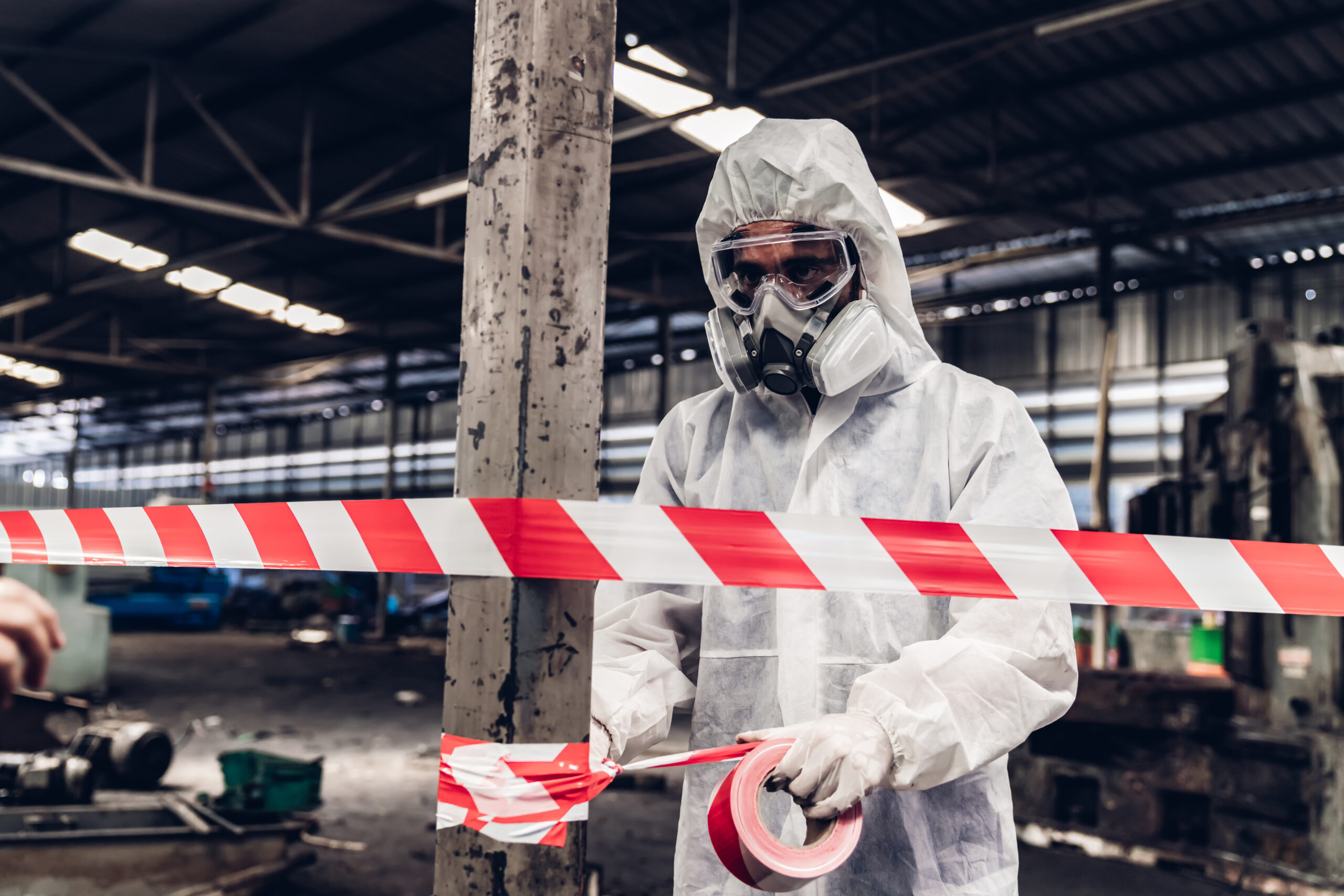1. Introduction
In the history of industrial materials, few substances have sparked as much innovation and controversy as asbestlint, better known as asbestos tape. For decades, it was hailed as a miracle material, offering exceptional heat resistance, insulation, and durability. Factories, ships, power plants, and even household appliances relied heavily on function safely.
Yet, as history unfolded, the dangers of asbestos exposure became clear. While its role in industry was once indispensable, asbestlint is now a cautionary tale in balancing technological progress with human health.
This article takes a deep dive into the role, tracing its history, industrial uses, health implications, and the safer alternatives shaping the future.
Table of Contents
2. What is Asbestlint?
The term refers to woven asbestos tape, a flexible product made from asbestos fibers. Unlike rigid asbestos sheets, tape offered flexibility, making it a preferred choice for wrapping pipes, sealing joints, insulating electrical wires, and fireproofing machinery.
It became widely popular in industries where heat resistance and durability were paramount. Its ability to withstand temperatures up to 1000°C without degrading made it indispensable for high-heat environments.
3. The History of Asbestos Tape in Industry
Early Industrial Uses
The use of asbestos fibers dates back to ancient civilizations, but asbestlint (tape form) became common in the late 19th and early 20th centuries with the rise of mechanized industries.
Rise in Popularity in the 20th Century
Asbestos tape became a standard insulation material in factories, refineries, and naval ships. By World War II, almost every ship contained in its engine rooms and piping systems.
Transition to Safer Alternatives
By the late 20th century, mounting evidence of health risks led to restrictions and bans. Industries began transitioning to fiberglass and ceramic-based alternatives.
4. Properties of Asbestlint (Asbestos Tape)
Heat Resistance
One of its greatest strengths—resistance to fire and high heat—made a lifesaver in industrial applications.
Insulation Capabilities
provided thermal and electrical insulation, making it useful for electrical wiring and industrial furnaces.
Durability in Harsh Environments
Unlike many materials, asbestos tape resisted chemicals, water, and corrosion, making it long-lasting and reliable.
5. Industrial Applications
Construction and Insulation
Used in buildings for pipe wrapping, boilers, and HVAC systems, ensured fire safety and energy efficiency.
Shipbuilding and Marine Industry
Ships relied heavily on asbestos tape for engine rooms, exhausts, and piping insulation.
Automotive and Aerospace Uses
Asbestlint played a role in brake systems, gaskets, and heat shields.
Power Plants and Energy Sector
In power plants, it was vital for turbine insulation and high-pressure piping.
Oil, Gas, and Chemical Industries
Asbestlint could withstand corrosive environments, making it ideal for refineries and chemical plants.
6. The Role of Asbestlint in Worker Safety
Protective Uses
At first, industries believed protected workers by reducing fire hazards.
Risks of Exposure
Ironically, handling asbestos tape released fibers into the air, causing long-term health damage.
Lessons Learned from History
teaches us a critical lesson: safety requires considering both immediate benefits and long-term risks.
7. Health Risks Associated
Asbestos Fibers and Their Impact
When inhaled, asbestos fibers lodge in the lungs and cause irreversible damage.
Common Health Issues
- Asbestosis: scarring of lung tissue
- Mesothelioma: a rare but deadly cancer
- Lung Cancer: risk amplified for smokers
Global Bans and Regulations
Today, most developed countries have banned asbestos. However, some developing nations still use due to cost and availability.
8. Modern Alternatives to Asbestlint
Fiberglass Tapes
Affordable, safe, and widely available.
Ceramic Fiber Tapes
Excellent heat resistance without asbestos risks.
Aramid and High-Performance Polymers
Lightweight, durable, and eco-friendly.
Why Industries Still Study
Researchers still analyze to understand material science and occupational safety history.
9. Global Regulations and Standards
Europe and the EU Ban
The EU enforces a total ban on asbestos.
The US Position
While not completely banned, asbestos use is heavily restricted.
Developing Countries and Ongoing Usage
Cost constraints keep asbestlint in use in Asia, Africa, and parts of South America.
10. Case Studies: Asbestlint in Real Industry Scenarios
Power Plant Insulation Projects
Power plants once relied on miles of asbestos tape—later replaced with safer alternatives.
Shipyard Construction
Veterans who worked in shipyards faced higher mesothelioma rates due to asbestos tape exposure.
Oil Refinery Applications
provided reliable insulation in toxic environments, but workers paid the price with long-term illnesses.
11. Transitioning Away
Challenges in Replacing Asbestos Tape
High cost of alternatives and lack of awareness slowed the shift.
Success Stories from Companies
Companies that phased out asbestos saw better worker safety and lower liability risks.
Long-Term Industry Shifts
Industries now prioritize eco-friendly, non-toxic materials.
12. The Future of Industrial Heat-Resistant Materials
The future lies in nanotechnology, bio-based composites, and advanced ceramics—all safer than, but equally efficient.
13. FAQs about Asbestlint
Q1: Why was asbestlint so popular?
Because it was cheap, durable, and fireproof.
Q2: Is asbestlint still in use?
Yes, in some developing countries and older infrastructures.
Q3: Can it be safely removed?
Yes, but only by certified asbestos abatement professionals.
Q4: What are the best modern alternatives?
Fiberglass, ceramic fiber, and aramid-based tapes.
14. Conclusion
Asbestlint (asbestos tape) played a monumental role in shaping modern industry. It protected machinery, ships, and workers from fire but at a devastating cost to human health. Today, its legacy is both a reminder of industrial progress and a warning of hidden risks.
While industries have moved toward safer alternatives, understanding asbestlint remains crucial. It tells us how far we’ve come and why balancing innovation with safety is essential for the future.
Read More: Pappedeckel: Top Hoodies & Beauty Products for Skin Health

